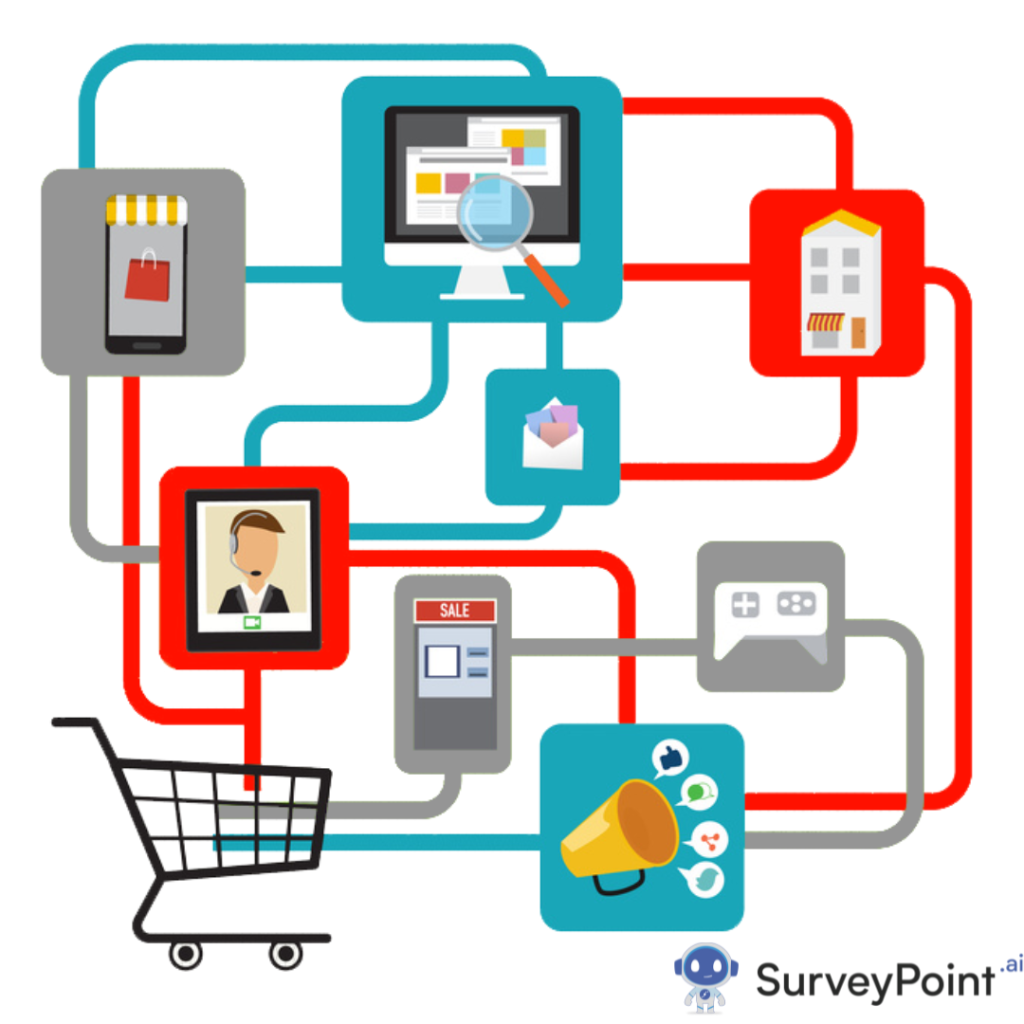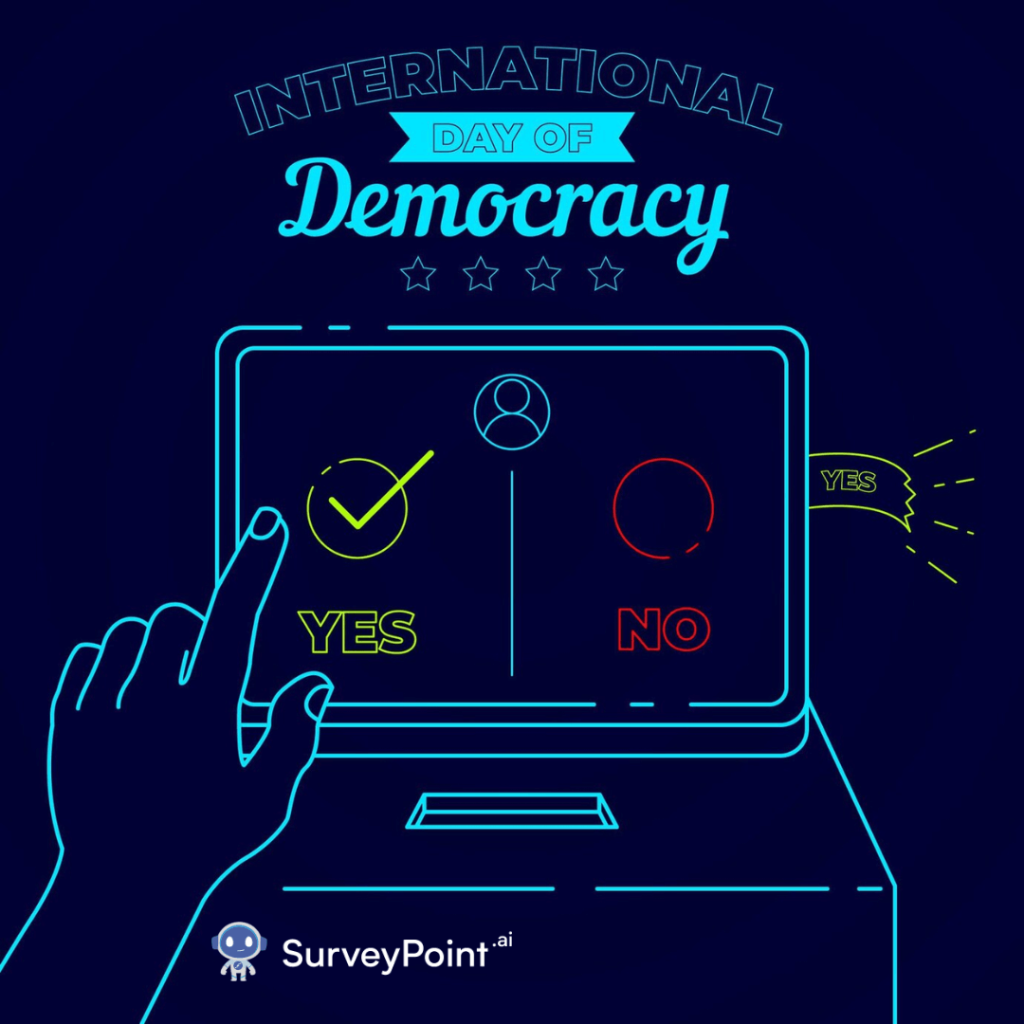
In the ever-evolving landscape of business, engaging customers is more crucial than ever. In a world filled with options, how do you make your brand stand out? Building a strong connection with your audience is key to creating loyal customers who will not only purchase from you but also advocate for your brand. Let’s dive into effective strategies for engaging customers, complete with relatable examples to help you get started.
Understanding Customer Engagement
Before we jump into specific strategies, it’s essential to understand what customer engagement means. It refers to the emotional connection between a customer and a brand. Engaged customers are more likely to remain loyal, recommend your brand to others, and provide valuable feedback.
Why It Matters
- Loyalty: Engaged customers are more likely to return and make repeat purchases.
- Advocacy: Happy customers often become brand ambassadors, sharing their positive experiences with friends and family.
- Feedback: Engaged customers provide insights that can help improve your products and services.
With that foundation, let’s explore actionable strategies for engaging your customers.
1. Tell Your Brand Story
What It Means
Storytelling is a powerful tool in marketing. Sharing your brand’s origin, mission, and values allows customers to connect on a personal level.
Example
TOMS Shoes is a prime example of effective storytelling. Their “One for One” model—where they donate a pair of shoes for every pair sold—resonates deeply with socially conscious consumers. TOMS effectively communicates their mission through various marketing channels, making customers feel like they are part of a larger cause.
Tips for Implementation
- Craft a compelling narrative that highlights your brand’s journey and values.
- Use various formats such as videos, blog posts, or social media to share your story.
- Be authentic and transparent, as customers appreciate honesty.
2. Utilize Social Media Engagement
What It Means
Social media is not just a platform for promotion; it’s an avenue for conversation. Engaging with customers on social media fosters a sense of community.
Example
Wendy’s is known for its witty and often humorous social media presence. They actively engage with followers by responding to comments, retweeting user-generated content, and participating in trending topics. Their playful banter not only entertains but also builds a loyal following.
Tips for Implementation
- Post regularly and respond promptly to comments and messages.
- Use interactive features like polls, quizzes, and live videos to engage followers.
- Share user-generated content to foster community and make customers feel valued.
3. Personalize Customer Experiences
What It Means
Personalization involves tailoring your interactions to meet individual customer preferences. This approach enhances the customer experience and builds loyalty.
Example
Amazon excels at personalization through its recommendation engine, which suggests products based on browsing and purchase history. This tailored approach makes shopping more convenient and encourages customers to explore more products.
Tips for Implementation
- Use customer data to create personalized email marketing campaigns.
- Recommend products based on past purchases or preferences.
- Implement a loyalty program that rewards customers based on their individual buying patterns.
4. Host Interactive Events
What It Means
Hosting events—whether virtual or in-person—can create memorable experiences that deepen customer relationships. These events provide opportunities for learning and engagement.
Example
Apple regularly organizes workshops at its retail stores, teaching customers how to use their products more effectively. These events not only showcase their technology but also foster a sense of community among users.
Tips for Implementation
- Plan webinars, workshops, or live demonstrations that provide value to customers.
- Create engaging content that encourages participation, such as Q&A sessions.
- Consider collaborating with influencers or industry experts to attract a larger audience.
5. Develop a Loyalty Program
What It Means
A well-structured loyalty program rewards customers for their repeat business. This strategy encourages loyalty and makes customers feel appreciated.
Example
Starbucks has a successful rewards program that allows customers to earn stars for every purchase. These stars can be redeemed for free drinks and food. This approach not only incentivizes repeat visits but also creates a sense of belonging within the Starbucks community.
Tips for Implementation
- Create a clear and appealing rewards structure that encourages participation.
- Use a mobile app to track points and offer exclusive deals.
- Communicate regularly about the benefits of the loyalty program to keep customers engaged.
6. Encourage Feedback and Act on It
What It Means
Soliciting feedback demonstrates that you value your customers’ opinions. Acting on their suggestions shows that you’re committed to improvement.
Example
Tesla actively engages customers through surveys and online forums, asking for feedback on new features and improvements. By incorporating customer input into product development, Tesla creates a sense of ownership among its users.
Tips for Implementation
- Use surveys and polls to gather insights from customers.
- Encourage reviews and respond to them, whether they are positive or negative.
- Communicate how customer feedback has led to changes or improvements in your products or services.
7. Build a Community Around Your Brand
What It Means
Creating a space for customers to interact fosters a sense of belonging and loyalty. Communities can be built through online forums, social media groups, or local events.
Example
Lululemon effectively builds community by hosting free yoga classes and fitness events. These gatherings not only promote their activewear but also connect like-minded individuals, enhancing brand loyalty.
Tips for Implementation
- Create online groups where customers can share experiences and tips.
- Host local events that align with your brand’s values and mission.
- Encourage customers to share their stories and engage with each other.
8. Utilize Email Marketing Effectively
What It Means
Email marketing is a direct way to communicate with your customers. When done right, it can be a powerful tool for engagement.
Example
Chick-fil-A uses email marketing to share personalized offers and updates with customers. They often include surveys and encourage feedback, making customers feel involved and appreciated.
Tips for Implementation
- Segment your email list to send targeted messages based on customer preferences and behaviors.
- Craft compelling subject lines and content that capture attention.
- Include clear calls to action and opportunities for customer engagement.
9. Offer Exceptional Customer Service
What It Means
Great customer service can turn a one-time buyer into a loyal customer. Providing timely, helpful, and friendly support is essential.
Example
Zappos is famous for its exceptional customer service. They go above and beyond to ensure customer satisfaction, offering free shipping and returns, as well as 24/7 support. This dedication creates a loyal customer base.
Tips for Implementation
- Train your customer service team to provide friendly and helpful support.
- Offer multiple channels for customer support, including chat, email, and phone.
- Follow up with customers after resolving issues to ensure satisfaction.
10. Create Valuable Content
What It Means
Providing valuable content helps establish your brand as an authority in your industry. Educational, entertaining, or informative content can engage customers and keep them coming back.
Example
HubSpot provides a wealth of free resources, including blogs, e-books, and webinars, aimed at helping businesses grow. This not only positions them as industry leaders but also builds trust with their audience.
Tips for Implementation
- Develop a content strategy that aligns with your audience’s interests and needs.
- Share a mix of content types, such as videos, infographics, and articles.
- Encourage interaction by asking questions and inviting discussions within your content.
Conclusion
Engaging customers with your brand is an ongoing process that requires effort, creativity, and a genuine desire to connect. By telling your brand story, leveraging social media, personalizing experiences, hosting events, developing loyalty programs, encouraging feedback, building a community, utilizing email marketing, offering exceptional customer service, and creating valuable content, you can foster deep connections with your audience.
Remember, the goal is to create a relationship, not just a transaction. Start implementing these strategies today, and watch as your customer engagement flourishes!
For more information checkout- surveypoint.ai




